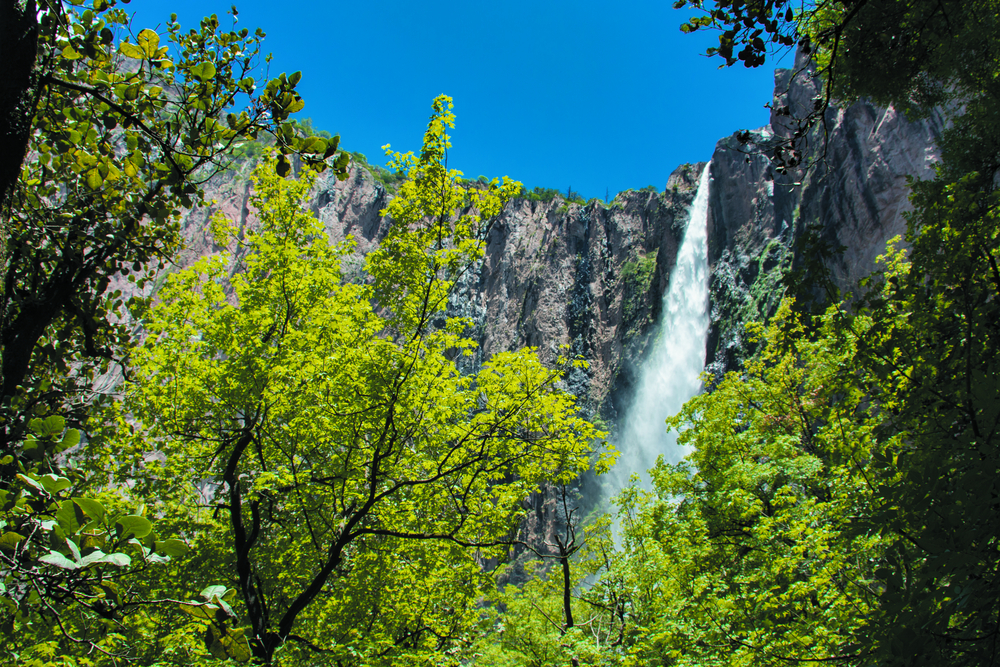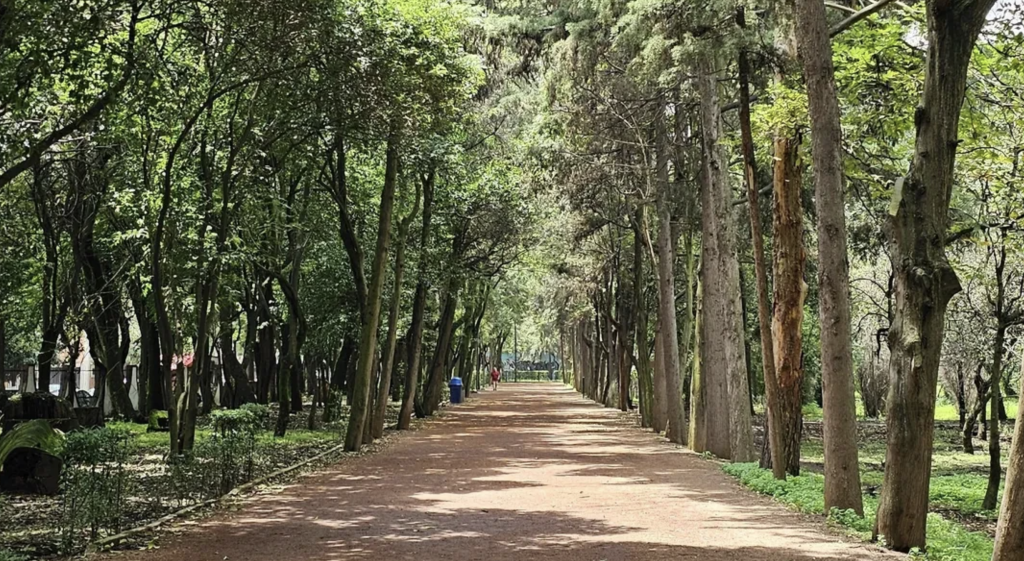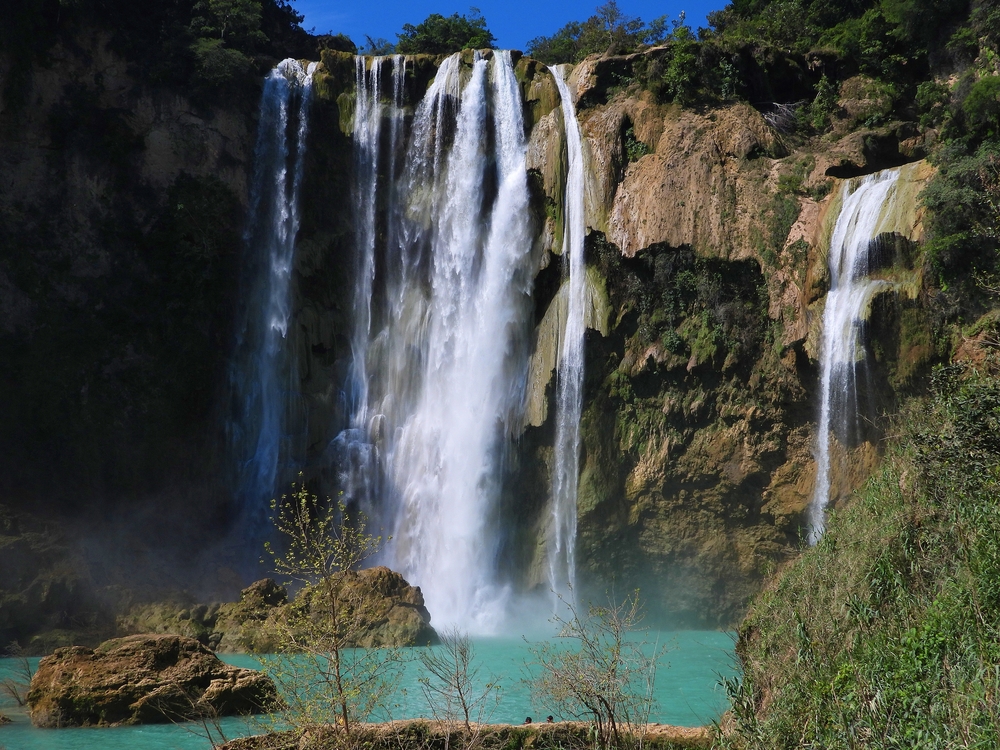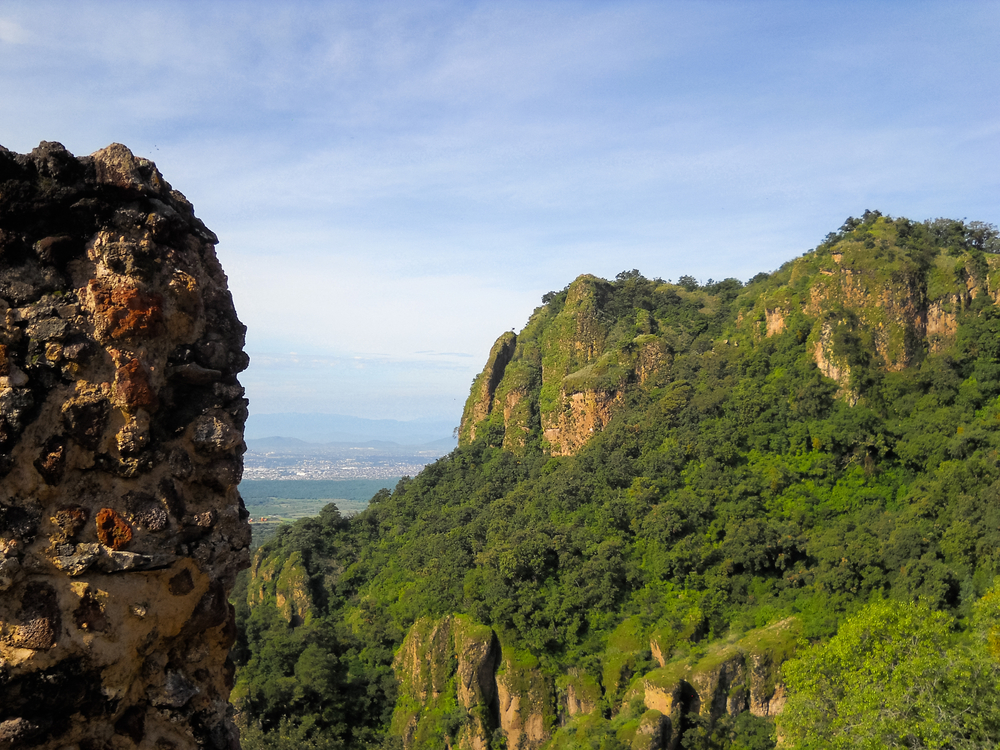Fuentes Brotantes de Tlalpan Overview
Fuentes Brotantes de Tlalpan National Park, or Parque Nacional Fuentes Brotantes de Tlalpan in Spanish, is a small but ecologically significant protected area located in the southern part of Mexico City, Mexico.
Covering approximately 0.53 square miles (1.38 square kilometers), this park is a natural oasis within the urban sprawl, offering a refreshing escape for city residents. The park is named after the natural springs, or “fuentes brotantes,” that emerge from the ground, forming small streams and contributing to the lush environment. Its location at the foothills of the Sierra del Ajusco provides a gentle yet diverse terrain with forested areas, grasslands, and waterways that support a variety of flora and fauna.
The park’s landscape is characterized by its rich vegetation, including oak and pine forests, along with a mix of shrubs and grasslands. The natural springs create a cool and humid microclimate, fostering the growth of mosses and ferns that add to the park’s serene atmosphere.
Though small in size, Fuentes Brotantes de Tlalpan is home to several scenic spots, including small waterfalls and shaded trails that wind through the trees. The presence of water bodies enhances the biodiversity, making it a haven for plants and animals that thrive in riparian environments.
Wildlife in the park includes a mix of mammals, birds, and amphibians. Visitors might spot squirrels, rabbits, and even the occasional opossum among the trees and underbrush. The park is also an important refuge for bird species, with frequent sightings of woodpeckers, hummingbirds, and warblers.
The presence of natural water sources attracts various amphibians, making the park an essential habitat for species that rely on wetland environments. Despite being located within a bustling metropolis, Fuentes Brotantes de Tlalpan maintains a surprisingly diverse ecosystem that supports urban biodiversity.
One of the park’s most popular features is its network of walking trails that allow visitors to immerse themselves in nature without leaving the city. These trails offer shaded paths perfect for jogging, hiking, and leisurely strolls. The park also has picnic areas, making it a popular spot for families and groups looking to enjoy a day outdoors.
A small market near the entrance offers traditional Mexican snacks, allowing visitors to experience local flavors while surrounded by nature. Additionally, the park’s natural springs and small streams provide a peaceful setting for relaxation and contemplation.
Visitors can engage with the park in multiple ways, from taking guided nature walks to enjoying its open spaces for exercise and meditation. The park is frequently used by runners and yoga enthusiasts, who appreciate the fresh air and natural surroundings.
Educational programs and workshops occasionally take place, aimed at raising awareness about conservation and urban ecology. Given its proximity to urban neighborhoods, the park is an essential green space for local residents, serving as a natural refuge from the city’s fast-paced environment.
Conservation challenges include pollution and the encroachment of urban development, which threaten the park’s water sources and wildlife habitats. However, local environmental organizations and community initiatives work to maintain and restore the park’s ecosystems.
Reforestation projects and water conservation efforts have been successful in preserving the park’s natural beauty. The park’s status as a protected area helps ensure its continued existence as an essential ecological and recreational space for future generations.















































































